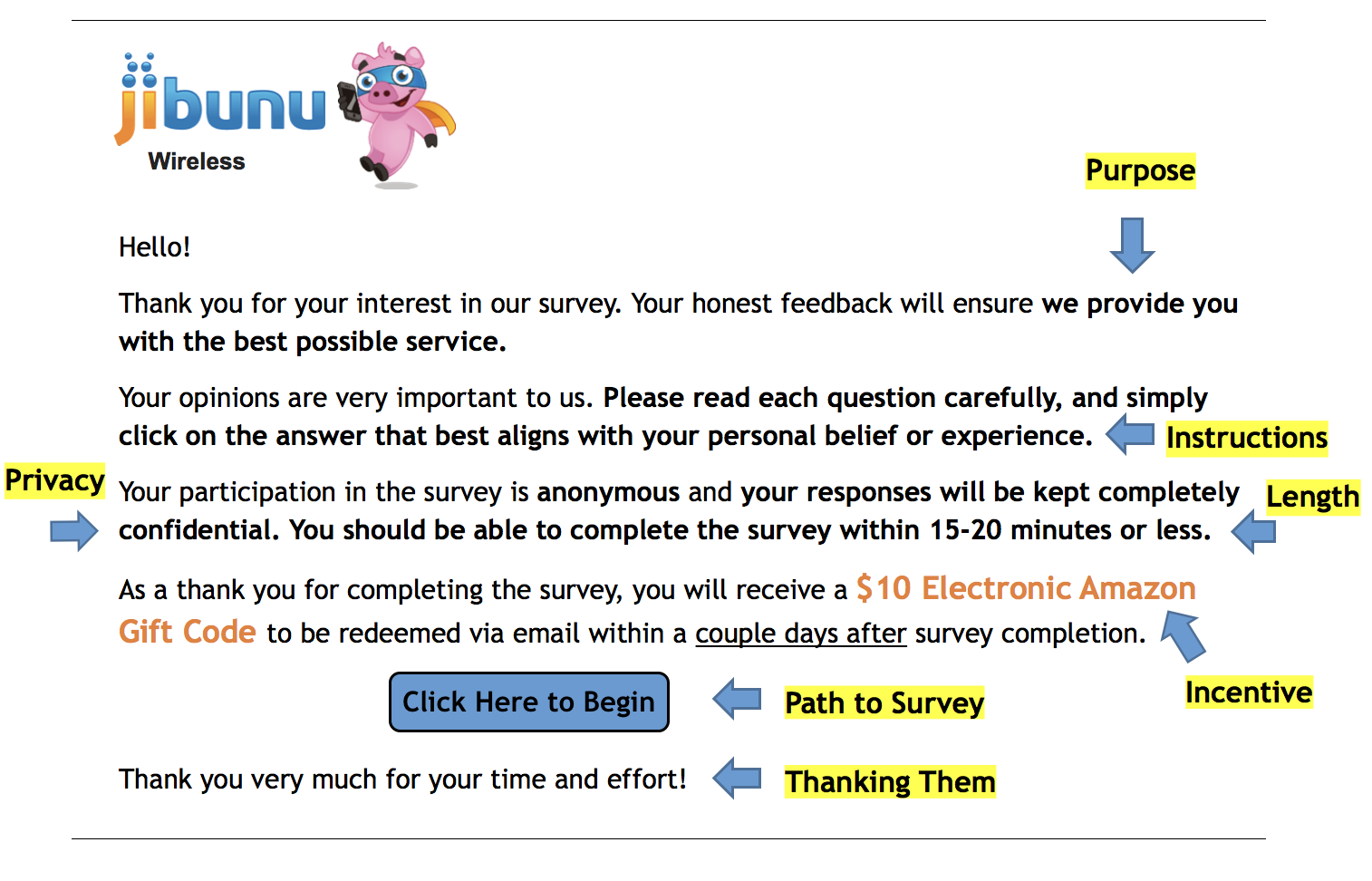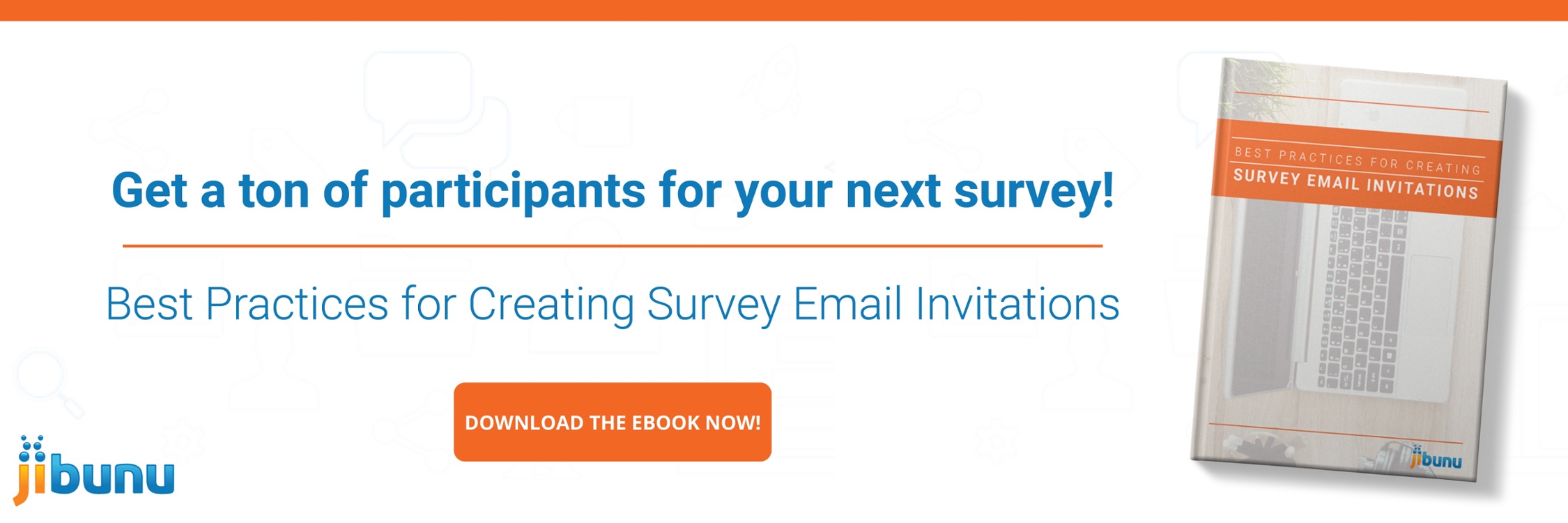When writing a survey, the goal is always to create questions that encourage respondents to answer honestly and fully. Before they even get to your questions, however, they first have to go through your survey introduction, meaning that if you want people to fill out your survey you need to entice them to do so in your introduction.
Your introduction is the first contact you have with a potential respondent. If that introduction is clunky, confusing, or fails to convince the reader that the following survey is a valuable use of their time, then your survey won’t attract the audience it needs to thrive. To help you avoid this unfortunate outcome, take a look at the tips below, which will be helpful as you begin crafting the perfect introduction for your survey.
Introduction Essentials
Since your survey’s introduction will be the deciding factor on whether potential respondents will fill out your survey or preemptively drop out of it, you want to make sure you have an intro that’s compact, to-the-point, and appealing enough to hook someone’s interest. There are a number of essential components to a good introduction, but the bottom line is always going to be the same: be interesting.
Your introduction sets the tone for everything that follows. Make sure you take the time needed to craft an intro that accurately, and briefly, encapsulates the tone you want your survey to convey to an audience of potential respondents. Here are some of the major landmarks you’ll want to touch on in your introduction.
Share the Facts
An introduction should be the hook that pulls a respondent in and then helps them find their footing once they’ve started the survey. To accomplish this, you need to give them all the facts.
.png)
The Purpose of the Survey
For starters, your respondents are going to want to know what the purpose of the survey is, so get that information to them as soon as possible. Don’t go into too much detail—you don’t want to bore them—but give them enough to know why the study you’re conducting is important, why it’s worth their time to participate in, and what their role will be in the survey.

The Length of the Survey
Also, since you want your respondents to know that their time and participation is valuable, make a point to tell them how long the survey will take to complete. This is a simple gesture, but one that can give your respondent a clear timeline and show them that you respect and appreciate their time.

The Incentive
If you’re offering any kind of incentive at the end of the survey, make sure you mention that in the introduction as well to help incentivize respondents to finish the survey.

Instructions
Most people know how to take a survey, but it’s still worthwhile to give your respondents some simple instructions so they know how to fill out your particular survey.

Privacy
Once you (briefly) explain the purpose of the survey, you’ll need to get a few more facts out there as well. Make sure to outline the kind of privacy assurances you’re offering. Clearly explain what information the respondent gives you will remain confidential, and what information—if any—will not be kept private.
Thank Them!
Ultimately, anyone who fills out your survey is doing you a favor, so be sure to thank them! Including a genuine expression of gratitude in your survey introduction can be a great way to show your audience that you value them and their participation in your study. The more valuable a respondent feels, the more likely they’ll provide you with honest and helpful responses to your survey questions.
An Example of a Great Introduction
Now that you have an outline for writing a great survey introduction, you’re going to want to see how an introduction should look in action. Take a look at the image below to see a breakdown of how an ideal introduction should look.

In this example, you can see each of the essentials mentioned above clearly outlined. When you create an introduction that adheres to these guidelines, you’ll be providing your respondent with consistent expectations that will help guarantee a seamless experience for everyone involved.


